How Do You Know if a Cat Has Fleas in 2025: Vet Insights
Does your cat suddenly scratch their neck until the fur comes loose, lick their paws raw, or rub their body against the couch nonstop? These tiny, frustrating behaviors might be signs of fleas—but fleas are hard to spot, even for careful pet owners. You might flip through their fur and see nothing, only to later find flea dirt (flea poop) on their bed or notice red bumps on your own skin. The good news is, you don’t need special tools to figure out how do you know if a cat has fleas. This guide breaks down 6 easy, actionable checks to identify fleas early—before they cause your cat skin irritation, allergies, or even tapeworms. By the end, you’ll feel confident spotting fleas and keeping your cat comfy.
First: Why Fleas on Cats Are So Hard to Spot
To understand how do you know if a cat has fleas, you need to know what you’re up against. Adult fleas are only 2–3 millimeters long—about the size of a pinhead—and dark brown, which blends right in with most cats’ fur. They also move fast: a flea can jump up to 7 inches vertically, so if you part your cat’s fur, it might hop away before you get a good look.
Worse, only 10% of a flea infestation is adult fleas on your cat. The other 90% are flea eggs, larvae, and pupae hiding in your home—on cat beds, carpets, couches, or even in floor cracks. These stages are invisible to the naked eye, so your cat might have fleas even if you never see an adult bug. This is why so many owners think “my cat can’t have fleas—I don’t see any!” only to find out the problem has been growing for weeks. Knowing these facts helps you check more strategically, instead of just looking for bugs.

6 Simple Checks to Answer: How Do You Know If a Cat Has Fleas
These checks are designed to be quick (10–15 minutes each) and use items you probably already have at home. Do them in order—start with the easiest, then move to more thorough checks if you suspect fleas.
1. Check for Flea Dirt (The #1 Sign of Fleas)
Flea dirt is flea feces, and it’s the most reliable way to tell how do you know if your cat has fleas—even if you never see a flea. Here’s how to do it:
Grab a white paper towel or napkin and a fine-tooth comb (a flea comb works best, but a human fine-tooth comb works too).
Have your cat sit on your lap or a flat surface. Part their fur around the neck, belly, and base of the tail—these are warm, cozy spots where fleas love to feed and poop.
Brush the comb through their fur, then tap the comb onto the white paper towel. Look for tiny black or brown specks—this is flea dirt.
To confirm it’s flea dirt (not just regular dirt), add a drop of water to the specks. If they turn reddish-brown, it’s flea dirt—because it’s made of digested cat blood.
If you find flea dirt, your cat has fleas—even if you don’t see the bugs themselves. A few specks mean a mild problem; lots of specks mean you need to act fast to stop an infestation.
2. Look for Flea Eggs (Tiny White Specks)
Flea eggs are another key clue for how to know if a cat has fleas. They’re small (about 0.5 millimeters), white, and oval-shaped—like tiny grains of salt. You’ll usually find them in your cat’s fur, especially around the shoulders and tail base, or on their bed.
To check for eggs: Part your cat’s fur in small sections and look closely at the hair shafts. Flea eggs stick loosely to fur, so they might fall off if you brush or pet your cat. You can also shake your cat’s bed over a white sheet—any eggs will fall out and be easy to spot against the white fabric. If you find eggs, it means adult fleas have been laying them for at least a week, so you’ll need to treat both your cat and your home.
3. Watch for Your Cat’s Behavior (It Tells You More Than You Think)
Cats don’t scratch or lick just for fun—if they’re doing it more than usual, it’s a sign something’s bugging them. Here are the behavior red flags to watch for when figuring out how do i know if cat has fleas:
Excessive scratching: Focus on the neck, ears, and back—areas fleas love to bite.
Nonstop licking: Especially paws and belly; some cats lick until their skin is red or bald.
Rubbing or rolling: Cats might rub their body against furniture to relieve itching from flea bites.
Restlessness: Fleas make cats uncomfortable, so they might sleep less or move around more than usual.
Keep in mind: Some cats are more sensitive to flea bites than others. A single flea can make a sensitive cat scratch for hours, while a less sensitive cat might barely react. If your cat’s behavior changes suddenly, it’s worth checking for fleas—even if you don’t see other signs.
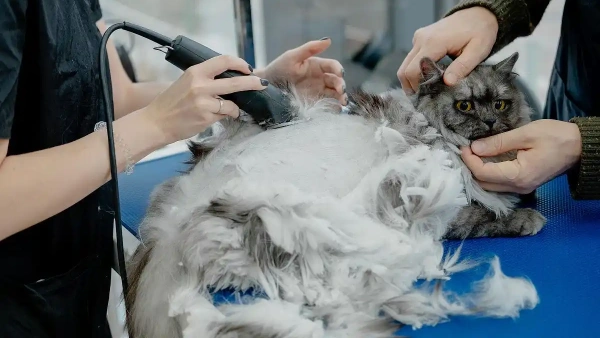
4. Check Your Cat’s Skin for Bites or Allergies
Flea bites cause small, red, raised bumps on your cat’s skin—they look like tiny pimples. To check for them: Gently hold your cat and part their fur in thin sections, examining the skin underneath. Focus on areas with less fur, like the belly, inner thighs, and armpits.
Some cats develop cat skin allergies to flea saliva, which makes the problem worse. If your cat has a flea allergy, you might see:
Large patches of missing fur (from scratching or licking).
Red, inflamed skin that might be oozing or crusty.
Thickened, dark skin (from long-term irritation).
Even if you don’t find fleas or flea dirt, these skin signs mean you should talk to your vet—they can help you confirm if fleas are the cause, even if they’re hard to spot.
5. Do a “White Sheet Test” for Your Home
Since most fleas live in your home (not on your cat), a home check is key to answering how do you know if cat has fleas. Here’s the white sheet test:
Choose a room where your cat spends the most time (like the living room or bedroom).
Spread a clean, white sheet on the floor or couch.
Gently place your cat on the sheet and pet them for 5–10 minutes. You can also brush their fur over the sheet.
Afterward, lift the sheet and look for flea dirt, eggs, or even small, dark fleas crawling on the fabric.
This test works because petting or brushing your cat shakes loose fleas, eggs, and dirt from their fur—they’ll fall onto the white sheet, where they’re easy to see. If you find anything, it means your home has fleas, so you’ll need to clean carpets, beds, and furniture to stop the cycle.
6. Check Yourself (Fleas Bite Humans Too!)
Fleas prefer cats, but they’ll bite humans if they can’t find their preferred host. If you’re waking up with small, itchy red bumps on your ankles, legs, or arms, it’s a clue that might help you figure out how do i know if a cat has fleas.
Flea bites on humans usually:
Are small, red, and itchy.
Appear in clusters or lines (since fleas bite multiple times in one area).
Show up on lower legs or ankles (close to where your cat sits or sleeps).
If you have these bites, check your cat and home right away. Even if your cat doesn’t seem bothered, fleas could be hiding in their fur or your furniture.
What to Do If You Find Fleas (Next Steps)
Once you’ve answered how do you know if a cat has fleas and confirmed fleas are present, don’t panic—you can get rid of them with these steps:
Treat your cat with a vet-recommended flea treatment: Options include topical drops (applied to the neck), oral pills, or flea collars. Avoid over-the-counter products with harsh chemicals—they can irritate your cat’s skin.
Clean your home thoroughly: Wash your cat’s bed, blankets, and any fabric they touch in hot water (60°C or higher) to kill fleas and eggs. Vacuum carpets, couches, and floor cracks daily for 2 weeks, then seal the vacuum bag and throw it outside.
Use a pet-safe flea spray for your home: Choose a spray that kills flea larvae and pupae (not just adults) and follow the instructions carefully. Keep your cat out of the room until the spray dries completely.
Check your cat weekly: Keep doing the flea dirt and behavior checks to make sure fleas don’t come back. Most flea treatments last 1–3 months, so mark your calendar to reapply.
If you have multiple pets, treat all of them—even if you don’t find fleas on some. Fleas can jump from one pet to another, so treating only one will let the problem continue.
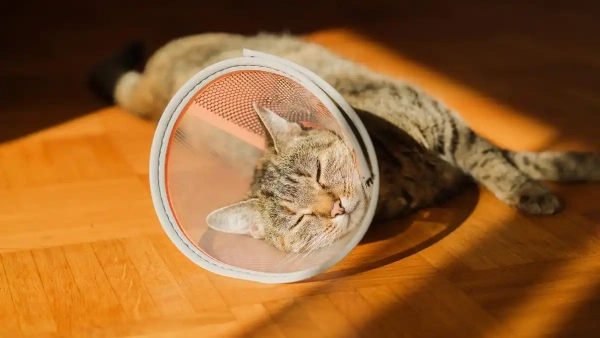
Everything Our Vets Recommend
Frequently Asked Questions
Q: How do you know if a cat has fleas if they have dark fur (it’s hard to see specks)?
A: Dark fur makes flea dirt and eggs harder to spot, but you can use a light-colored comb (like a white or silver flea comb) to make them stand out. Brush the comb through your cat’s fur, then wipe it on a dark paper towel—flea dirt (black specks) and eggs (white specks) will be easy to see against the dark background. You can also do the white sheet test: placing your cat on a white sheet and petting them will shake loose any flea dirt or eggs, which will show up clearly. If you’re still unsure, ask your vet to do a quick check—they have tools to spot fleas even in dark fur.
Q: How to know your cat has fleas if they never go outside? Indoor cats can get fleas too?
A: Yes! Indoor cats can get fleas—they might hitch a ride on your clothes, shoes, or a visitor’s pet. To figure out how to know your cat has fleas if they’re indoor-only, focus on the same checks: look for flea dirt (use the white paper towel test), watch for excessive scratching or licking, and check your own skin for bites. Indoor cats often have milder infestations, so you might only find a few specks of flea dirt. If you do, treat your cat and clean your home—focus on areas where you enter the house (like entryways) since fleas usually come in on you. Regular flea prevention (even for indoor cats) is the best way to avoid this.
Q: How do you know if a cat has fleas vs. other bugs (like ticks or mites)?
A: Ticks and mites cause different signs than fleas, which can help you tell them apart. Ticks are easy to spot—they’re larger (3–5 millimeters when full) and attach to your cat’s skin (usually on the head, neck, or legs). Mites cause intense itching and often lead to scaly skin or “mange” (thick, crusty skin), especially around the ears or paws. Fleas, on the other hand, leave flea dirt (a unique sign) and cause bites that are usually on the belly or back. If you’re not sure, collect a sample of the dirt or take a photo of your cat’s skin and show it to your vet—they can identify the bug and recommend the right treatment. This is important because treatments for fleas don’t work for ticks or mites!
Figuring out how do you know if a cat has fleas doesn’t have to be stressful—with the 6 checks in this guide, you can spot fleas early and keep your cat comfortable. Remember: fleas are common, but they’re easy to treat if you act fast. Start with the flea dirt check (it’s the most reliable), then move to home and behavior checks if you need more clues. If you find fleas, treat your cat with a vet-approved product and clean your home thoroughly. And don’t forget to check weekly—prevention is easier than fixing a big infestation. Your cat will thank you for keeping them flea-free, and you’ll thank yourself for avoiding those itchy human bites too!
You May Like:
- Best Flea Shampoo for Cats: Effective Treatments for Flea-Free Fur
- Best Flea Collars for Cats: Safe, Effective and Easy to Use
- Best Cat Flea Treatment Using Natural Home Remedies That Really Work
- How to Get Rid of Fleas on Cats Fast: 5 Safe Steps for 24-Hour Relief
User Comments
Does flea treatment kill ear mites too?
Can dogs take human probiotics?
Can dogs have people probiotics safely?
Related Articles
View all
How Often Flea Treatment Cat? Most Owners Get This Wrong

How to Apply Flea Medicine on Cats: Beginner’s Guide
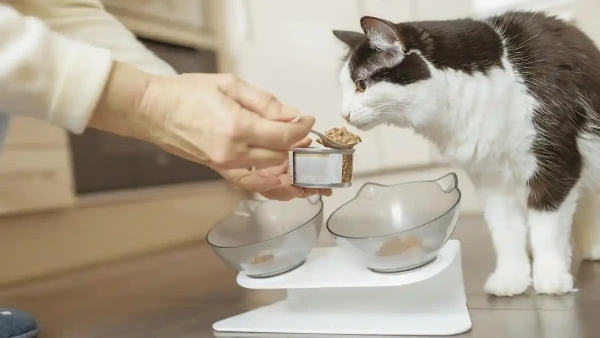
Best Cat Flea Spray for Cats in 2025: Vet Approved
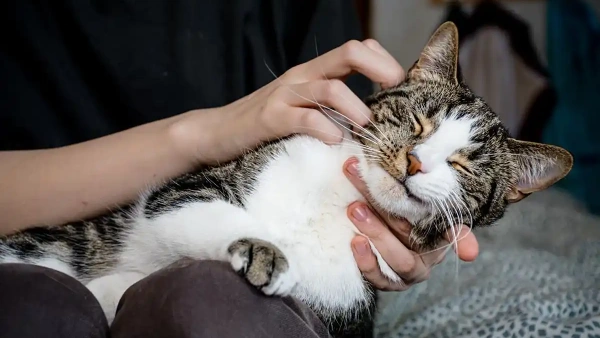
Where to Put Flea Treatment on Cat: Updated 2025 Guide

How Often Flea Treatment Cat? Most Owners Get This Wrong

How to Apply Flea Medicine on Cats: Beginner’s Guide

Best Cat Flea Spray for Cats in 2025: Vet Approved

Where to Put Flea Treatment on Cat: Updated 2025 Guide
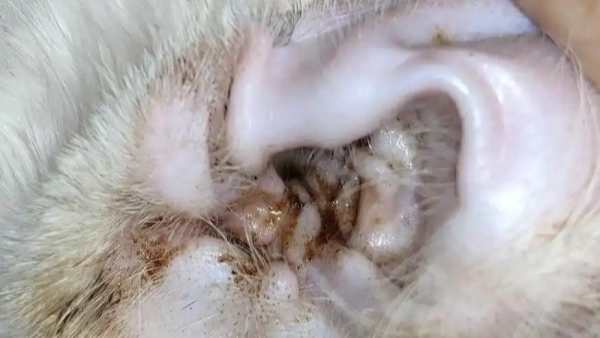
Best Flea and Ear Mite Treatment for Cats (2025 Review)

Safest Flea Prevention for Cats: A Complete 2025 Owner’s Guide

Flea Spray for Kittens: Best Options and Vet Advice 2025

Fleas on Newborn Kittens: Complete Treatment and Prevention
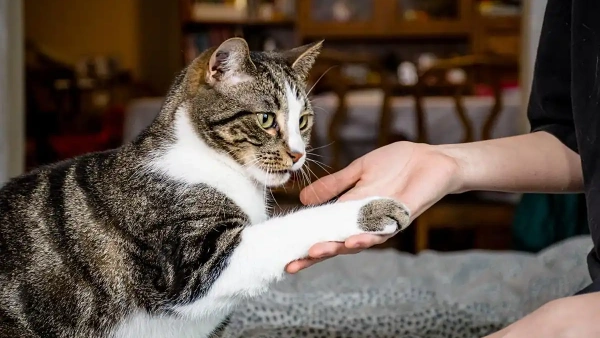

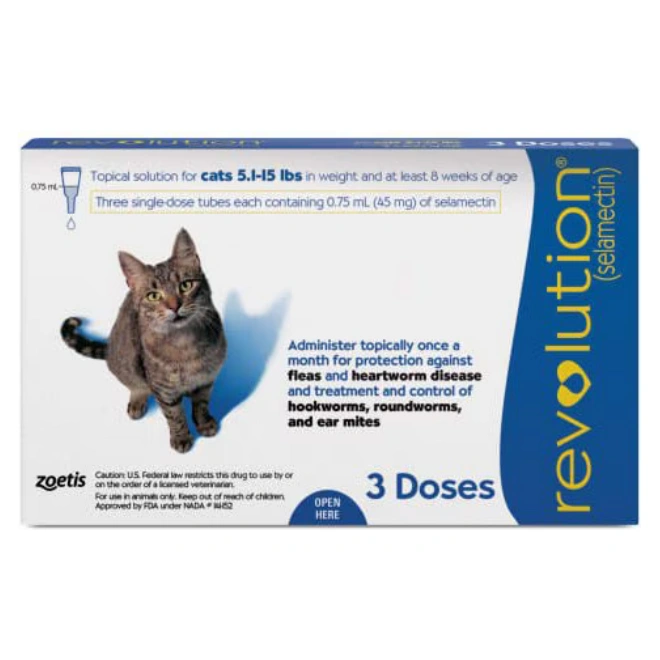
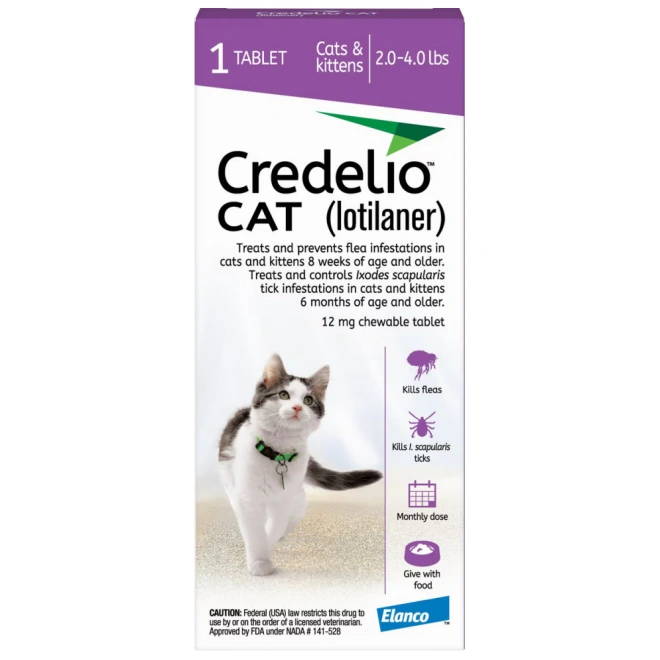

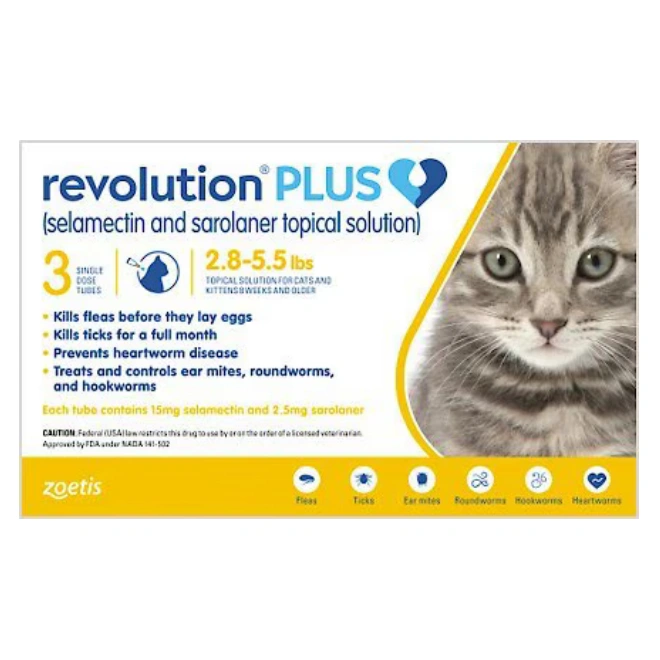








Leave a Reply